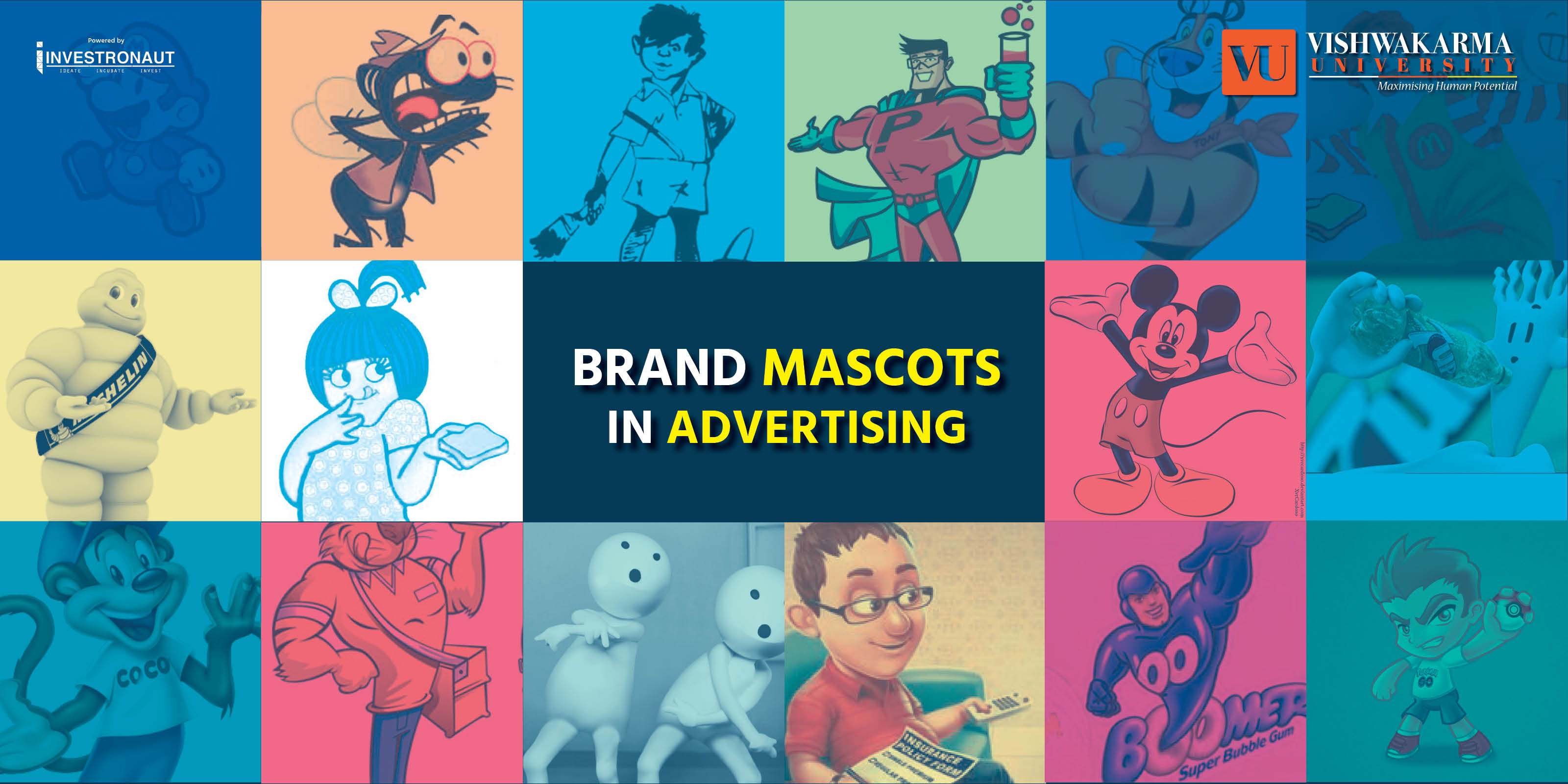Brands invest considerable energy in choosing the right endorsement strategy keeping in mind the target audience. In the past, when celebrities endorsed fewer brands and an aura of mystery surrounded them in a less connected world, the relationship between the consumer, brand and celebrity was more intimate and attracted the right quotient of curiosity in the product.
In the post-internet world of ultra communication, advertising strategies are changing. A parallel advertising technique i.e. use of animated characters or brand mascots is increasingly becoming popular amongst the emoji using generation willing to experiment.

Brand mascots Vs Celebrities
Are you able to associate Amitabh Bacchan or Kareena Kapoor to a particular brand the way you associate the blue haired girl in a polka dot frock with Amul butter? Or Louie, the despicable mosquito with Mortein? The answer is probably not in the affirmative. The brand campaigns designed around celebrities can no longer be completely relied on to bring credibility to the brands.
Brand mascots are visually distinct and often convey the brand message through an amusing story which enhances the recall of the product. In certain cases, these mascots become so popular that they escalate the brand name into day to day conversation. Remember how the balloon shaped ZooZoos muttering in a comic language became the talking point when first introduced by Vodafone during the Indian Premier League? Celebrities on the other hand simultaneously endorse multiple brands over the years so customer do not exclusively equate them with any particular brand.
Celebrities bring along their larger than life personas to a brand campaign. Their image often limits the scope of the campaign and overpowers the brand. Animated characters are often ordinary folks in ordinary situations which makes them, and by extension the product, relatable to the consumer. Didn’t we all empathize with the worry lines on Chintamani’s forehead from ICICI Prudential Life Insurance advertisement inundated by savings and tax worries?
Snapdeal is a good example of how celebrity endorsements can harm a brand. After Amir Khan found himself caught in the eye of the storm over a sensitive remark, absurd as it may sound, thousands of users either deleted the Snapdeal app or gave it a lower grade. Brand mascots are fictional and save the brand the hassle of bearing the brunt of their personal life adventures.
Today the consumers’ choice is guided by reviews and ratings rather than being charmed by a celebrity. The consumer is smart enough to realize that celebrities endorse a brand for money rather than any genuine interest in the brand.
Cost factor
Depending on the quality of production, detailing and use of 2D, 3D or clay animation, using a brand mascot for an advertisement costs less or as much as a basic live action advertisement minus the celebrities. Roping in celebrities come in with a hefty price and complicated contracts. Creating mascot characters could be a thrifty option with better brand identity.
In a glut of celebrity endorsements, brand mascots stand apart, that have a lasting appeal and successfully communicate the ethos of the brand. With the constantly evolving technology, and the many advantages mascot characters enjoy over celebrity endorsement, their use to build a brand identity is likely to grow in advertisements.
Authored by Mr. Mandar Naik, Lecturer at Art and Design faculty, Vishwakarma University



